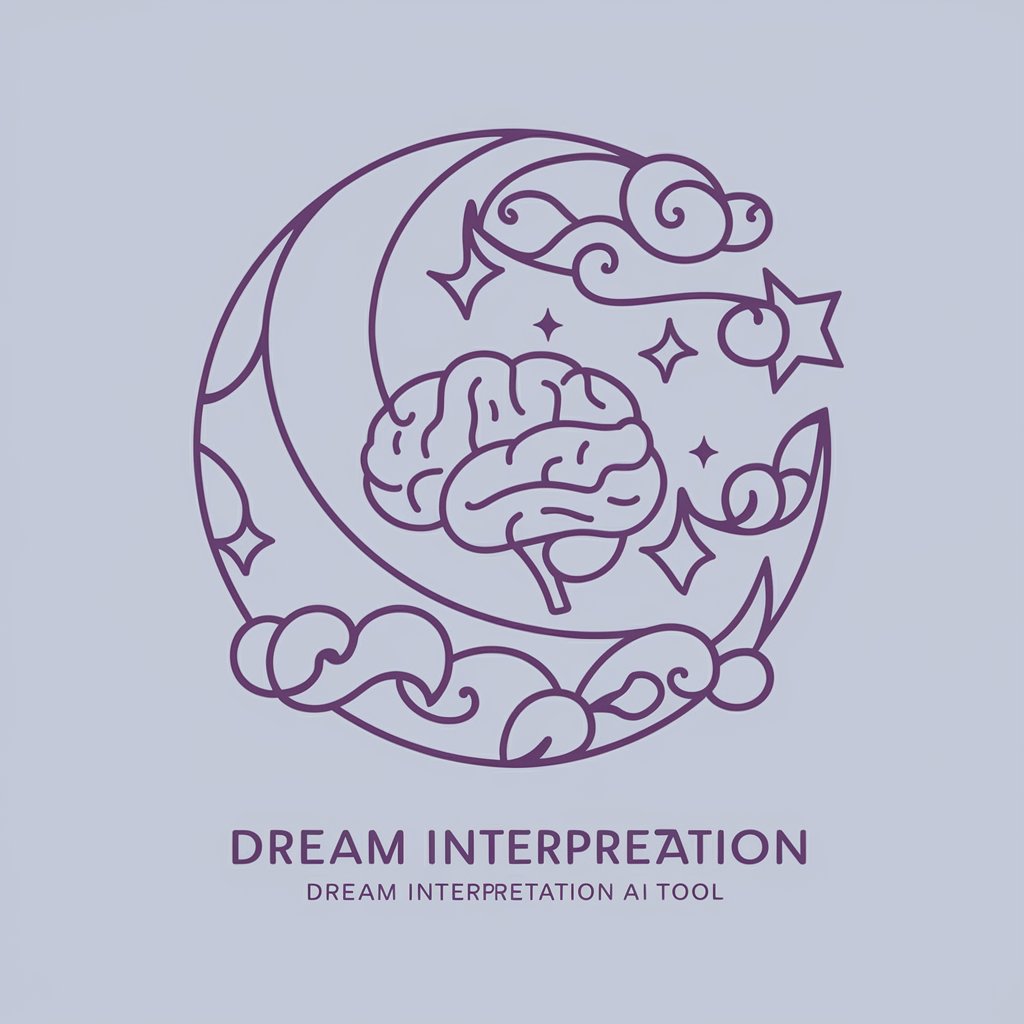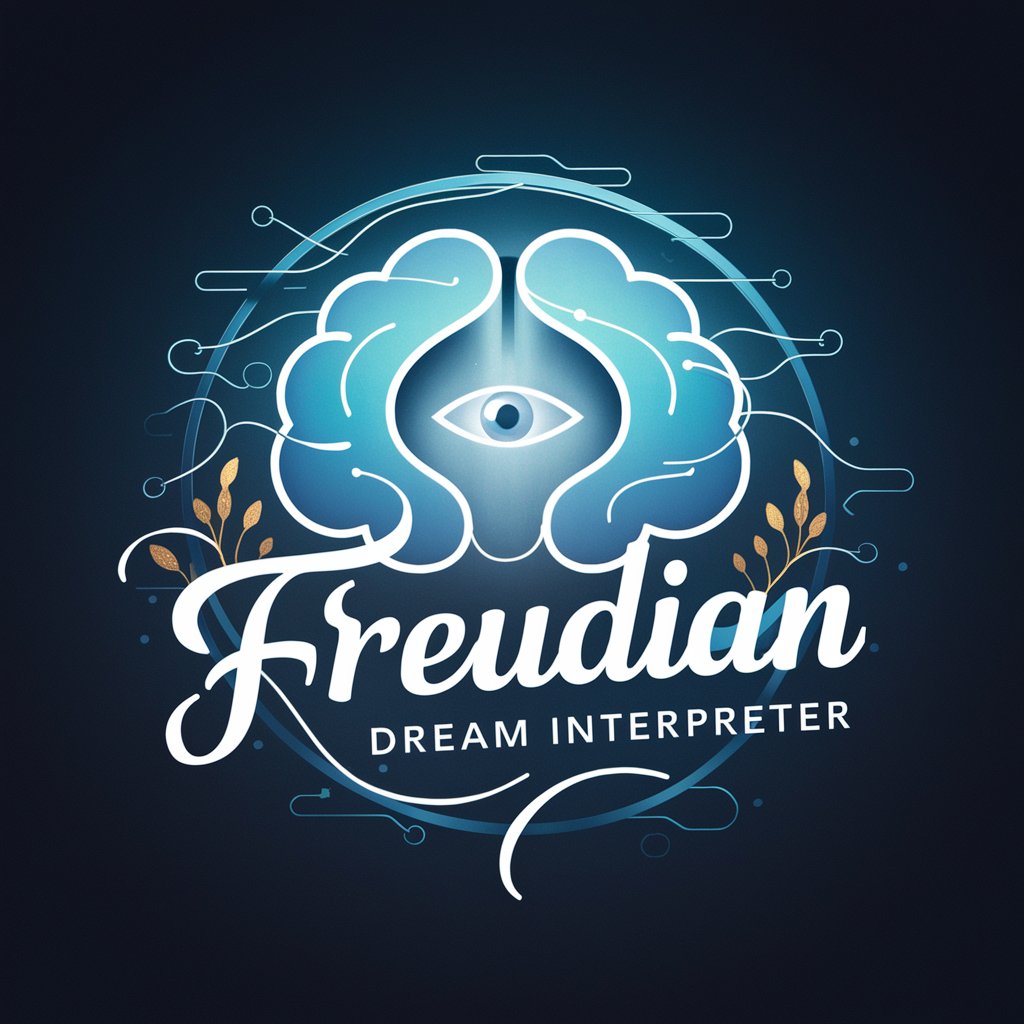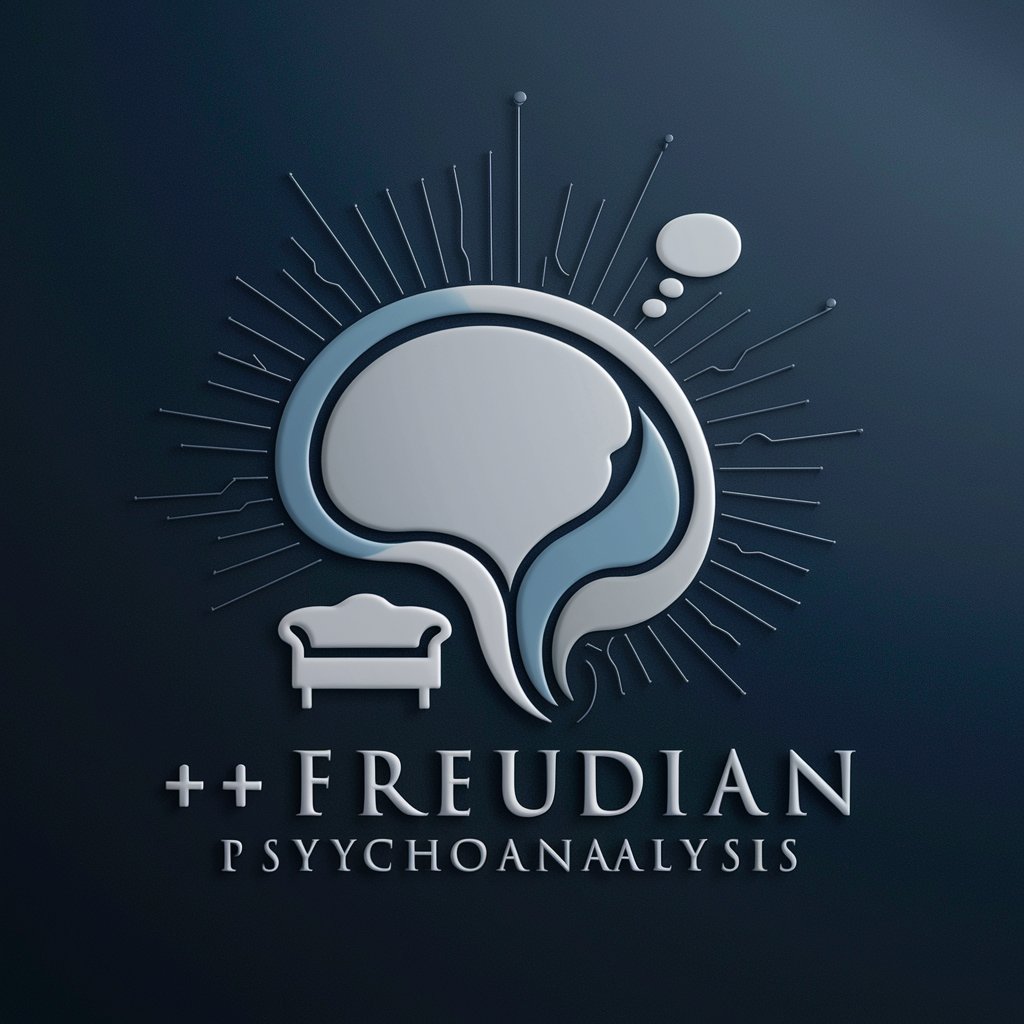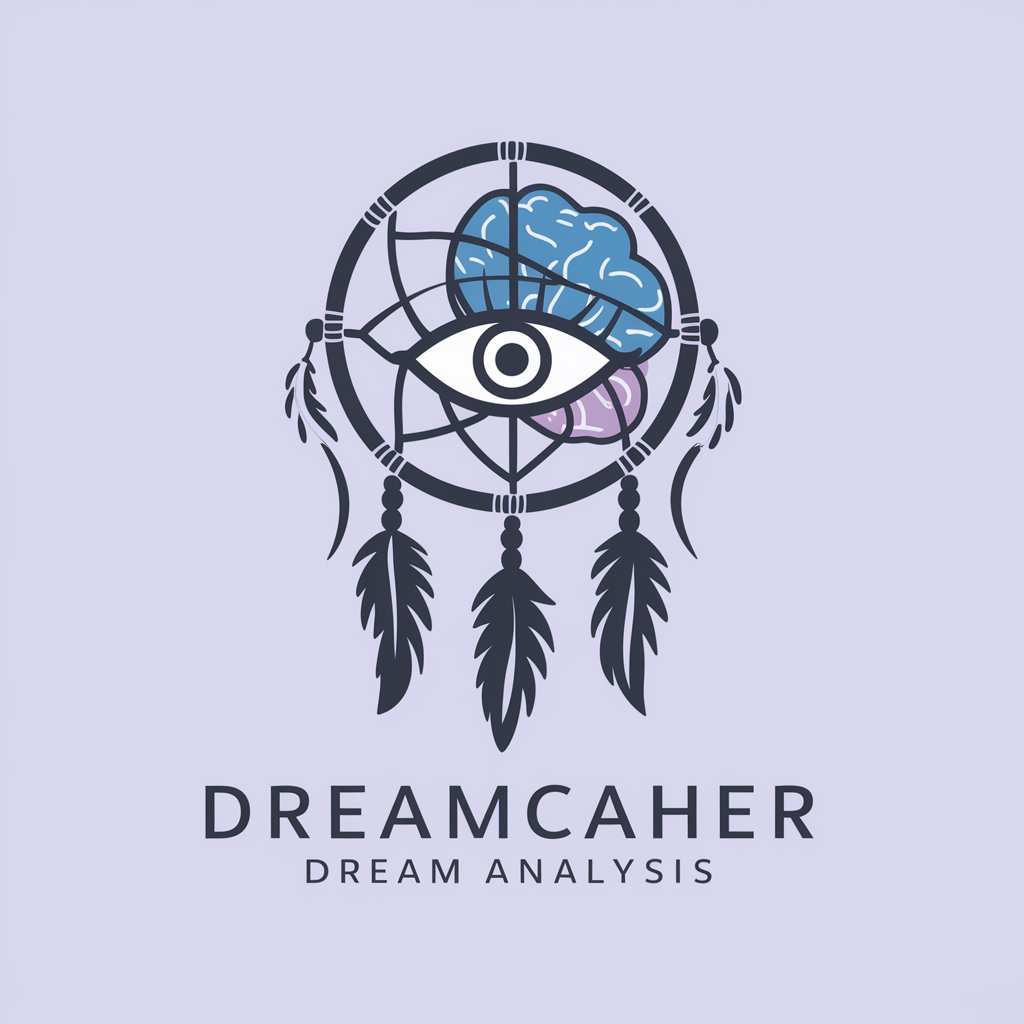
Freudian analysis of dreams - Freudian Dream Insights
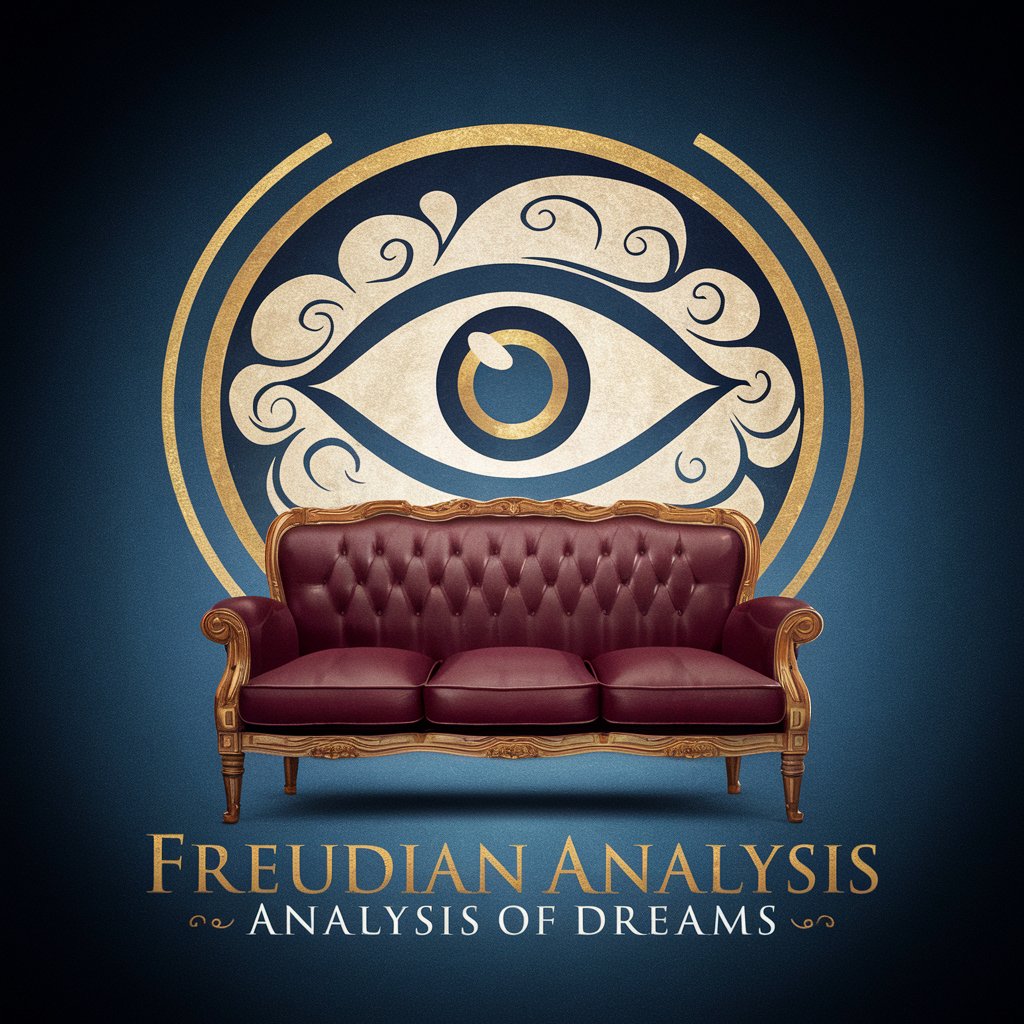
Welcome to the exploration of your dreams through Freudian analysis.
Uncover your unconscious with AI
Describe a recurring dream you have and how it makes you feel.
What was the most vivid part of your dream, and what emotions did it evoke?
Have you ever had a dream that seemed to predict a future event?
Can you recall a dream that left you feeling unsettled or anxious upon waking?
Get Embed Code
Freudian Analysis of Dreams: An Overview
Freudian analysis of dreams is rooted in the pioneering work of Sigmund Freud, who posited that dreams are the 'royal road to the unconscious,' revealing desires, thoughts, and motivations concealed from conscious awareness. This analytical approach deciphers the symbolic language of dreams, unpacking the latent content hidden within the manifest content—the dream as remembered upon waking. For example, Freud analyzed a dream of a patient involving a flying machine, which, through intricate interpretation, uncovered deep-seated anxieties about sexual intimacy and autonomy. The purpose of this Freudian framework is to offer individuals insights into their unconscious mind, aiding in self-awareness and psychological healing. Powered by ChatGPT-4o。

Core Functions of Freudian Dream Analysis
Unveiling Hidden Desires
Example
A dream where one is endlessly searching for a room might symbolize an unfulfilled quest for personal space or identity. Freud would interpret such a dream as an expression of repressed desires for independence or a search for one's place within family dynamics.
Scenario
In therapy, a person struggling with feelings of suffocation in their personal relationships might recount this dream, leading to revelations about their need for autonomy.
Identifying Unresolved Conflicts
Example
Dreams of being chased could represent an avoidance of confronting uncomfortable truths or emotions. Freud saw these dreams as manifestations of anxiety or unresolved internal conflicts, perhaps stemming from past traumas or current dilemmas.
Scenario
Someone experiencing anxiety in waking life may find through analysis that their dreams of being pursued reflect a deeper need to face and resolve these underlying issues.
Facilitating Personal Growth
Example
Dreams involving transformation or journeying through unfamiliar landscapes can be seen as symbolic of personal growth or the process of self-discovery. Freudian analysis would delve into how these dreams mirror the dreamer's internal evolution or resistance to change.
Scenario
An individual contemplating a major life change may dream about traveling a winding path, which, upon analysis, reveals their fears and hopes regarding this transition.
Ideal Users of Freudian Dream Analysis
Individuals Seeking Psychological Insights
People intrigued by the workings of their own mind and wishing to explore their unconscious desires, fears, and conflicts would find Freudian dream analysis profoundly beneficial. This method offers a unique window into the psyche, facilitating self-awareness and personal development.
Therapists and Mental Health Professionals
Practitioners who integrate psychoanalytic concepts into their therapy sessions may use dream analysis as a tool to deepen their understanding of clients' internal worlds. It aids in uncovering the root causes of psychological distress, thereby enhancing therapeutic outcomes.
Scholars and Students of Psychology
Those engaged in the academic study of psychology, particularly psychoanalysis, can gain rich insights into human behavior and mental processes through Freudian dream analysis. It serves as both a historical cornerstone and a contemporary method of exploring the unconscious mind.

How to Use Freudian Analysis of Dreams
1
Begin by visiting a specialized platform offering insightful dream analysis without the need for registration or premium subscriptions.
2
Record your dream in as much detail as possible, focusing on emotions, symbols, and scenarios encountered within the dream.
3
Identify key symbols or themes in your dream, noting anything that stands out as particularly significant or emotionally charged.
4
Engage with the Freudian analysis tool, inputting your detailed dream account to receive an interpretation rooted in Freudian concepts.
5
Reflect on the interpretation provided, considering how the identified symbols and themes may relate to your unconscious desires, fears, or aspects of your waking life.
Try other advanced and practical GPTs
ArrhythmiaGPT
Transforming ECG Analysis with AI

ECG for medical students
Decipher ECGs with AI-Powered Insights

PORC Companion
AI-powered coding precision for credit union systems

FedGNN
Unlocking insights with federated graph learning

Ribamar Adv
Empowering Legal Solutions with AI Expertise

AIgichians | Pastor Ribtickler ⛪🛐✝️
Your digital cleric for light-hearted confessions

Inner Communication
Empowering emotional intelligence with AI.

Coke Machine
Refreshing Conversations, Fueled by AI

Runner Obsessed
Elevate Your Run with AI

Ms. GPT Lovelace
Empowering Your Go Coding Journey with AI

Clutter Coach
Transform clutter into clarity with AI-powered guidance.

Clutter to Cash Mentor
Turn clutter into cash with AI-powered guidance.

Frequently Asked Questions about Freudian Analysis of Dreams
What is Freudian analysis of dreams?
Freudian analysis of dreams is a method based on Sigmund Freud's theory that dreams are manifestations of unconscious desires, thoughts, and motivations. It involves interpreting the symbolic meaning of dream elements to uncover insights into an individual's psychological state.
How can Freudian analysis help me understand my dreams?
By applying Freudian analysis, you can decode the symbolic language of your dreams, gaining insight into your unconscious mind. This can help you understand underlying desires, conflicts, or unresolved issues, offering a pathway to personal growth and self-awareness.
What are common symbols in dreams according to Freud?
Common symbols in dreams include objects, people, or scenarios that represent latent desires or fears. Freud suggested that items such as keys, locks, or boxes might symbolize sexual desires, while scenarios like flying or falling could reflect aspirations or anxieties.
Can Freudian analysis of dreams predict my future?
Freudian analysis does not predict the future. Instead, it offers a deep dive into your unconscious mind, allowing for a better understanding of your present psychological state and potentially illuminating pathways for personal development.
How accurate is Freudian dream analysis?
The accuracy of Freudian dream analysis can vary, as it deeply depends on the individual's associations and the context of their life. It's a subjective tool for self-exploration rather than a definitive diagnostic method.
